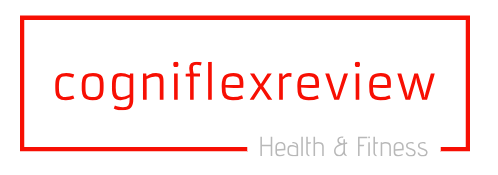How to Read Food Labels for a Healthier Heart
 In the United States, it is unlawful to sell packaged food or beverage products without a label with nutritional information. This is good, especially if you are trying to make healthy eating choices. Unfortunately, many people have difficulty understanding food labels. They are misinformed by the media all the time. Let’s see if this article can give some basic instruction on how to read food labels.
In the United States, it is unlawful to sell packaged food or beverage products without a label with nutritional information. This is good, especially if you are trying to make healthy eating choices. Unfortunately, many people have difficulty understanding food labels. They are misinformed by the media all the time. Let’s see if this article can give some basic instruction on how to read food labels.
• First of all, look at the nutritional label. Are there several words that are chemical names you cannot pronounce? If you are shopping for a healthier heart, put that product back on the shelf. The first simple key is to try to buy foods in as close to their natural state as you can. Those long words are chemicals added for color, preservatives, and artificial flavoring. As much as you can, avoid those foods. Keep it simple. Keep it basic.
• Next, notice what a serving size is and how many servings are in the container. It is flawed logic to assume that a bottle of soda, for example, holds one serving. All of the information on the label will be based on a single serving. For example, say a single serving contains 25% of the daily value (based on a 2,000 calorie per day diet) of sodium. If the container holds 2 servings and you eat both servings in one setting, you have consumed half of the recommended salt for the day. And if you are on a reduced calorie diet, say 1400 calories, you should not have any more sodium for the rest of the day. And that can be harder than you might think, since there is sodium in many foods. For example, cheese or butter-type products and any carbonated beverages cannot be made without salt. Watch your sodium carefully as it can cause water retention that could lead to congestive heart failure and hypertension.
• Understanding food labels with regard to a healthy heart means you want to look at the calories per serving and usually next to it on the label are the number of calories of fat. All types of fat in the product are included in this number. If it is more than 1/3 of the total calories, it is probably a bad idea for you to eat this food. “Probably” because you want to then look at the listing for fat. There are different types of fat, some are bad for you and some are essential for your healthy heart.
– Saturated fats- These are bad for your health. They increase cholesterol and can cause heart disease.
– Trans fats- Avoid these as much as you can. They are very bad for you.
– Polyunsaturated and monounsaturated fats- These fats lower cholesterol and clear arteries. They are essential for good heart health.
Certain specific fats such as Omega3 and Omega6 are very important to your health. They are good for your heart. All fats have a caloric value of 9 calories per gram. Decrease the amount of bad fats and increase the good fats.
Obviously, there is more to learn about understanding food labels, but these basics will get you started in the right direction toward your healthy heart.

